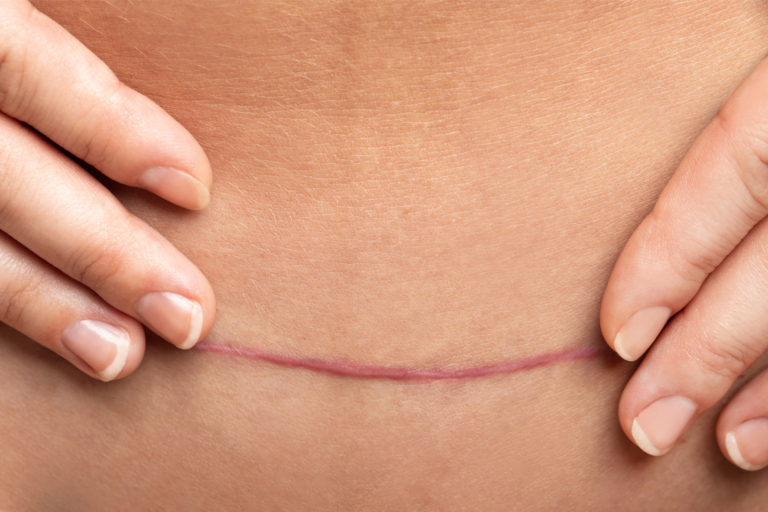Pre and Post surgical care
Surgical Care
Any surgery in the pelvic region can cause weakness, tension, spasm and scar tissue in the pelvic floor and nearby tissues. Addressing these dysfunctions in pelvic floor physical therapy can be very helpful in restoring function of the organs like bladder, bowel, prostate and uterus. It is often very helpful to do pelvic floor therapy before going in for surgery to improve the outcomes and decrease the discomfort.

Here are some forms of Pre and Post surgical care patients I see in my practice
Prostatectomy
Although prostatectomy is a very effective surgical intervention for prostate cancer, there are some common symptoms that can occur following surgery that each person undergoing this procedure should be aware of. Unfortunately, 85% of men will experience erectile dysfunction after prostatectomy. Although the range is large, 2-66% of men will experience urinary incontinence (leaking urine) after prostatectomy. Pelvic floor physical therapy can help. 92% of men see improvement in these unwanted symptoms if they start pelvic floor physical therapy within one year of surgery. Even better results are expected if rehab is started before the surgery.
Pelvic Surgeries
Rehabilitation after hysterectomies, pelvic organ prolapse repair and other surgeries of pelvis will ensure proper return to activity. In almost all pelvic surgeries, pelvic floor muscles, fascia and nerves undergo some trauma and will need help recovering. The rehab is aimed at preventing long term pain, weakness and dysfunction.
Cesarean surgeries
Cesarean surgery involves cutting many layers of tissue to get to the uterus. As the cesarean scar heals, Adhesions can form which can contribute to pain sensitivity around the scar, limited mobility, reduced blood flow to that area, and nerve irritation around the scar. Some symptoms from cesarean scar include Difficulty bending forward or lifting and standing upright, needing to pee too often, Low back pain from weakened core muscles, Pelvic pain during intercourse and Pelvic stiffness.
